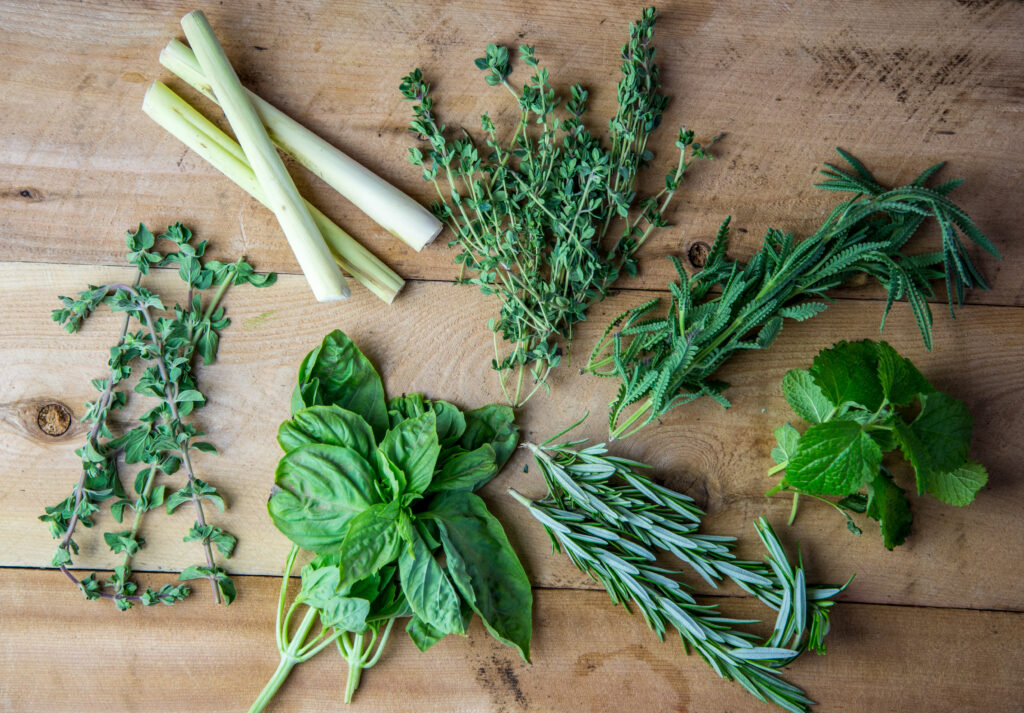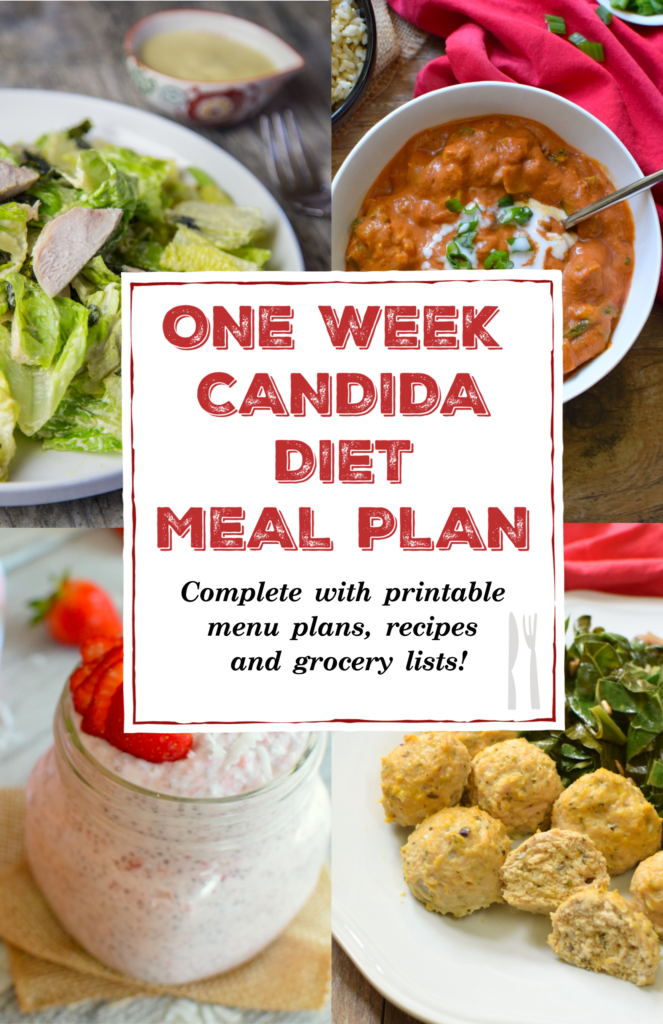Candida Diet Cookbook
Cooking for Candida – An Online Cooking Course
One Week Candida Diet Meal Plan
What is Candida
Candida Diet Supplements
Candida Diet Pantry Items
Foods to Eat and Avoid
Help with Candida Overgrowth
Do you need help with a candida overgrowth? You’re not alone. Candida albicans is a yeast, a type of fungus that lives in everyone’s body. Our intestines have both good and bad bacteria at all times, and when these are in balance our gut is happy. And keeping our gut happy and healthy is important since it’s where our body absorbs nutrients and minerals from the food we eat. If fact, Hippocrates believed that “all disease begins in the gut.” But when the balance of our gut bacteria is off, meaning that the bad has overtaken the good, health problems occur.
What kills good bacteria?
There are lots of different things that destroy good bacteria leading to bad bacteria taking over. Below are a list of a few:
Overuse of Antibiotics
Antibiotics are exactly what they say: anti-bacteria. They kill bacteria and they don’t discriminate. When taking antibiotics, all bacteria gets eliminated. That’s why it’s important to always follow a round of antibiotics with some good quality probiotics. This can help restore gut balance. In fact, it’s a good idea to always take Probiotics. I recommend Garden of Life, Raw Probiotics, but there are many good quality probiotics on the market now, and you can find them in your favorite health food stores. Keep in mind that best quality probiotics will likely be in the refrigerated section since these are living cultures.
A Diet high in Sugar and Processed Foods
Candida feeds on sugar, so naturally a diet high in sugar or foods that break down as sugar (refined flours, white pastas, cookies, etc.), and foods high in preservatives and chemicals all create a perfect breeding ground for Candida.
Better food options are whole foods, with minimal ingredients, and homemade is always best. You can find a detailed list of foods to eat and avoid while following a Candida Diet HERE.
Birth Control Pills
Most birth control pills contain synthetic forms of two female hormones: estrogen and progestin (a synthetic version of progesterone). These synthetic hormones disrupt your body’s natural balance of estrogen and progesterone, which can lead to yeast overgrowth.
Overgrowth occurs when Candida attaches itself to estrogen. This prevents your body from using the estrogen and eventually drives your estrogen levels down. During this time your progesterone levels may increase. This is the perfect condition for Candida and bacteria to flourish, which can lead to a yeast infection.
Stress
Elevated stress levels can wreak havoc on your entire body. Stress can diminish your good gut bacteria and cause yeast overgrowth. When you’re stressed, your body releases more of a hormone called cortisol which can weaken the immune system and at the same time cause elevated levels of blood sugar.
Swimming in Chlorinated water and air pollutants
Not only do we consume through our mouths, but we also consume through our skin and our nose. Things like chlorinated water, chemicals, pollution, artificial beauty products (such as hair color or nail polish remover), scented candles and other “air fresheners,” perfumes, scented lotions, gasoline and toxic cleaning products can lead to weakened gut health.
Symptoms of a Candida problem include:
- Chronic Fatigue
- Bloating
- Weight gain
- Digestive Problems/IBS
- Hormonal Imbalances
- Brain fog
- Arthritis/Achy Joints
- Recurring Yeast Infections
- Itchy Scalp or skin
- Depression/Irritability
- Food Allergies/Gluten-Intolerance
- Multiple Sclerosis
If you think you may have a Candida Overgrowth problem and would like personalized guidance on how to restore your Gut Health, check out my Health and Diet Coaching.


